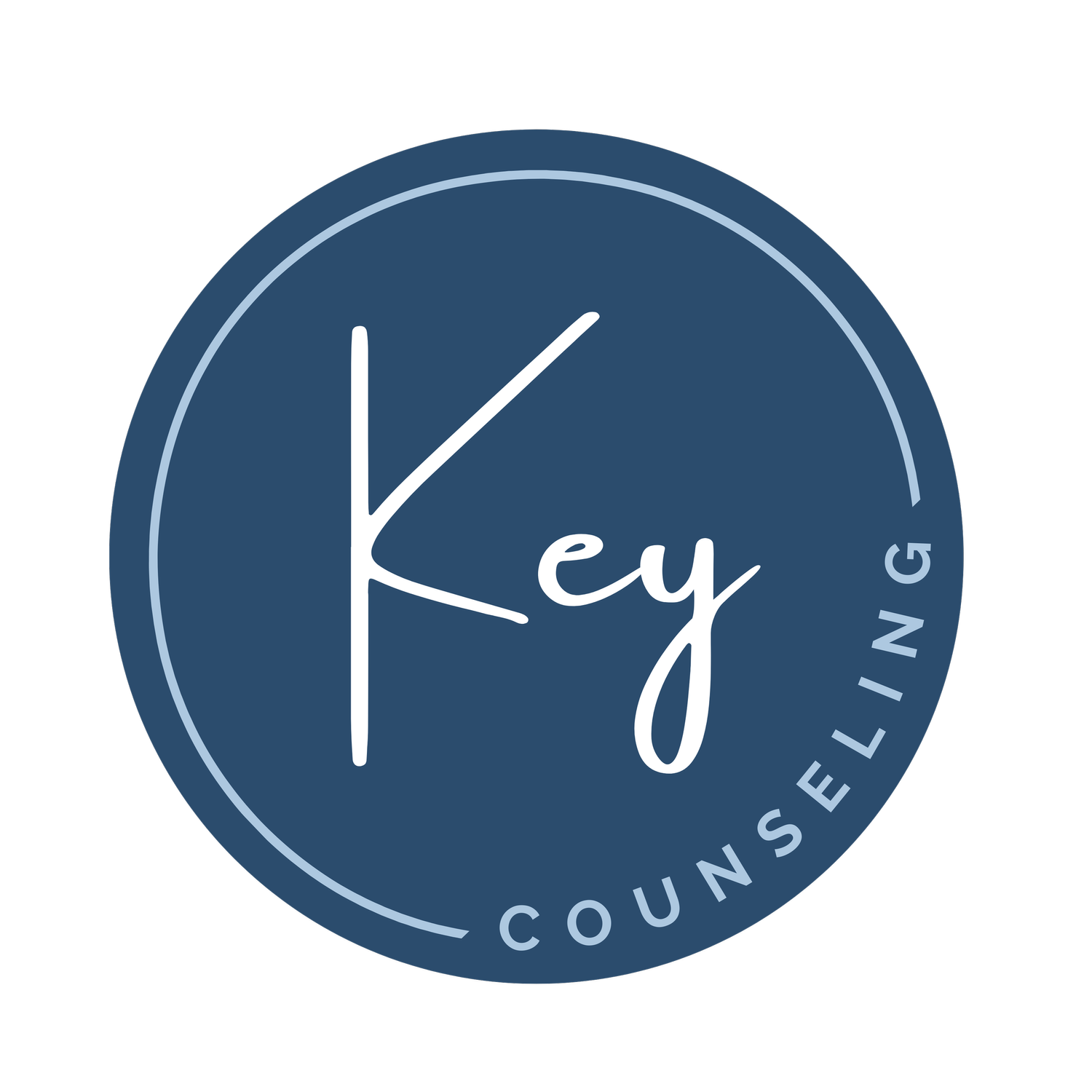5 Ways That Play Therapy Helps Children Develop Communication Skills
In a world where children are often expected to communicate like little adults, it can be easy to forget that language is something they’re still learning. They’re not just developing vocabulary and grammar skills; they’re beginning to express feelings, needs, fears, and desires.
For many children, especially those who have experienced trauma, developmental delays, or social challenges, traditional talk therapy can feel inaccessible. Play therapy is a kid-friendly approach that uses the language of children (play) as a way to help them express themselves, process experiences, and build essential life skills.
Here are five key ways that play therapy helps children develop communication skills.
1. Gives Children a Safe Language When Words Fail
Children often don’t yet have the vocabulary or emotional insights to explain what they’re feeling. Instead, their experiences might come out through their behavior or body language. Play provides a symbolic language that allows children to express themselves in ways that feel more natural.
For example, a child who struggles to articulate fear after witnessing a traumatic event might reenact the event with dolls in a play session. Through this kind of symbolic play, the therapist can gently reflect, validate, and label feelings. This helps the child associate words with their inner experiences and develop an emotional vocabulary.
2. Encourages Narrative Storytelling
Play therapy often involves imaginative storytelling through toys, art, puppets, or role-play. When children are guided to create stories, they learn to organize their thoughts, develop a beginning-middle-end structure, and convey meaning to others. These are all critical components of communication.
As children tell stories through play, they practice sequencing, perspective-taking, and describing characters’ feelings and motives. Therapists can support this by asking open-ended questions (“What happens next?” or “How does that character feel?”) which invites children to think aloud and use language to explore complex ideas.
3. Models Social Communication Skills
In play therapy, therapists often use their interactions to model healthy communication. They show children how to take turns, listen actively, make eye contact, and respond appropriately to social cues. These micro-moments of interaction might seem small, but they’re the foundation of social development. For children on the autism spectrum, those with ADHD, or children who struggle with peer relationships, these skills are especially important.
4. Reduces Anxiety About Verbal Expression
Children who feel shy, overwhelmed, or insecure often shut down when asked direct questions. Play therapy removes the pressure to “perform” verbally. In a relaxed, play-based environment, children often begin to talk more freely, especially once their therapist has established trust.
For instance, rather than asking a child, “How do you feel about your parents’ divorce?” a therapist might invite the child to draw their family or play out a family scene with figures. This indirect approach lowers their defenses and often leads to more spontaneous verbal sharing.
5. Nurtures Self-Expression and Self-Advocacy
One of the most empowering parts of play therapy is that it helps children discover their voice. As they learn to name their feelings, tell their stories, and communicate their needs, they also begin to understand that their voice matters.
A child who once expressed frustration only through tantrums might learn, through play, to say, “I’m angry” or “I need help.” This is an important shift—not just for the child’s relationships, but for their self-image. Learning to communicate clearly and assertively builds their confidence and lays the groundwork for lifelong emotional health.
Seeking Therapy
If your child is showing behavioral issues or has been through a difficult event, consider reaching out for help. Schedule a consultation with us today to learn more about how we approach play therapy. With our support, children can learn not only to express themselves but to thrive in their relationships and their world.


